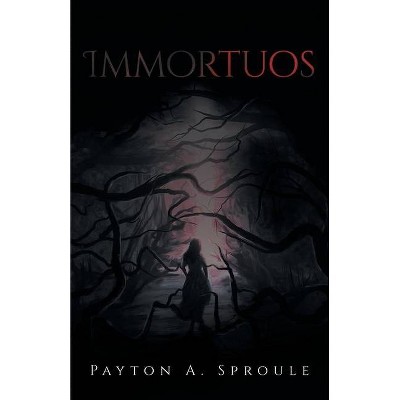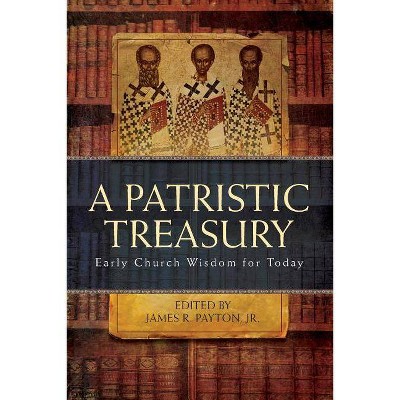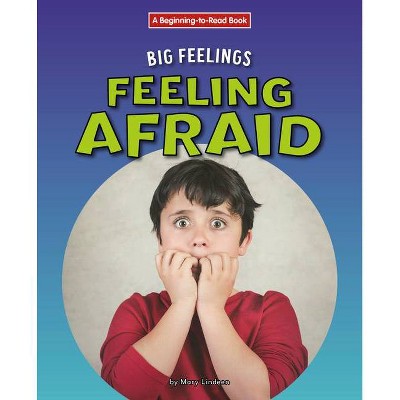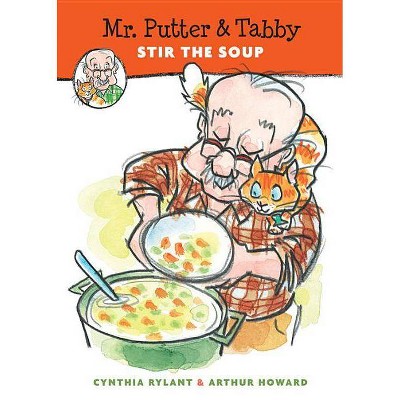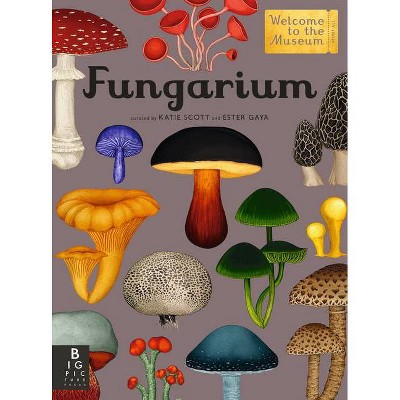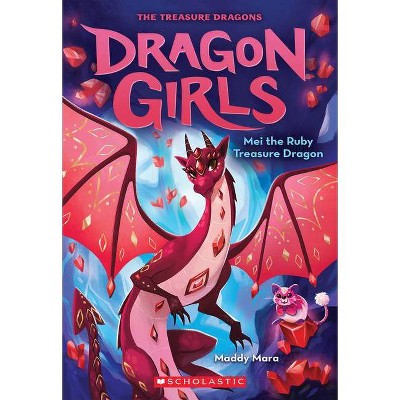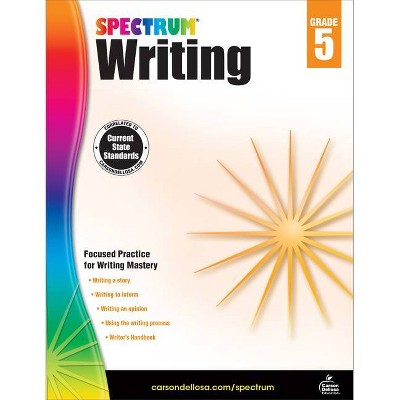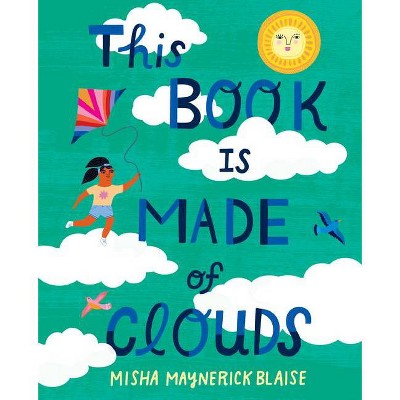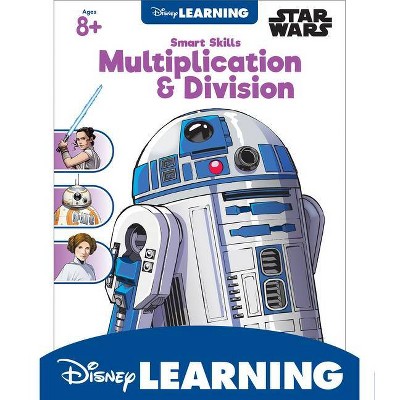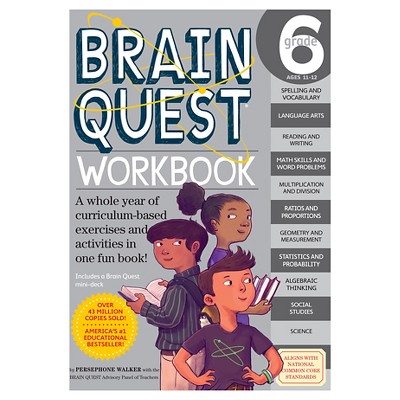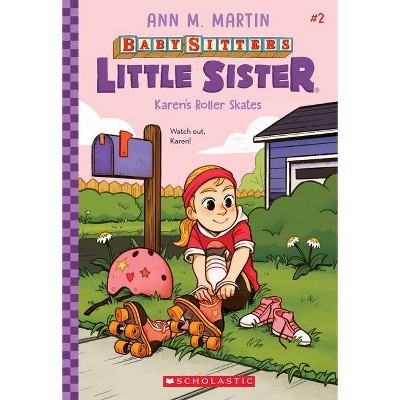Payton Is Afraid of Dirt - by Shanna Simpson (Paperback)
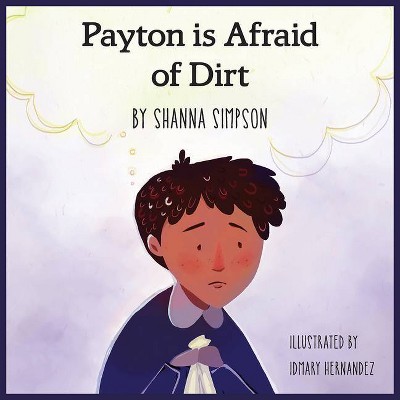
Similar Products
Products of same category from the store
AllProduct info
<p/><br></br><p><b> Book Synopsis </b></p></br></br><p> Payton is afraid of dirt. He's afraid of germs and getting sick, and spends a lot of his time cleaning and worrying over his fears. </p> <p> Payton learns he has Obsessive Compulsive Disorder (OCD). His OCD is like someone in his head is bossing him around all day long. It tells him that he has to wash and tidy, and cannot do the things he wants, like play outside. </p> <p> With the help of his family and doctor, Payton learns how to manage his OCD by putting it in an imaginary shrink machine, or ROARING it away! </p> <p> Learn how Payton, and others like him, make their OCD monsters smaller. You can do it, too! </p><p/><br></br><p><b> Review Quotes </b></p></br></br><br><p>Obsessive Compulsive Disorder. You hear that diagnosis here and there, maybe in its shortened form, OCD. Most people wouldn't have second thought about it, except perhaps to joke about it. They really don't understand it though. Author <b>Shanna Simpson</b> knows what that group of words means, having OCD herself. While it may be easier for an adult to understand the implications of this disorder, as it is called, young children may find themselves scared of what it means for them. They may be made fun of for their habits, and sadly, even ostracized. Happily, in the time period that we live in, there is much more information, help, and best of all, hope for families that have one or more family members struggling to understand what OCD means. Simpson has taken her life experiences, and penned a book that families can read with their young children, and offer some help. </p> <p>Payton is the main character, and he is afraid, afraid of dirt. He is so scared that all he can think about is how to get clean. His thoughts keep telling him that all of that dirt is going to make him very sick. As a result, he is constantly scrubbing his hands, his toys, his room, everything. It gets to the point where he cannot even play with his friends because he is afraid of the dirt on his toys. His parents take him to a psychiatrist, where he first hears the diagnosis, Obsessive Compulsive Disorder. After having it explained to him by the kind doctor, Payton goes home encouraged. However, he still needs to learn how to learn skills to keep his OCD from controlling every part of his life. With the help of his supportive family, a workbook from the doctor, and Payton's brave spirit, he gradually learns how to use various techniques to quell the obsessive thoughts in his head. </p> <p>This book is featured under books for Autism, but it is a useful resource for any child who struggles with anxiety. Being a book for very young children, the illustrations are effective in communicating the various emotions that Payton goes through. One illustration in particular displays Payton's head taking up most of the space, with a variety of scribbles and loops that represent his obsessive thoughts. I think that children will find this a relatable book, whether they are the one with the OCD, or if they are learning about friends and/or family with it. The text is short, with easy to understand explanations for little ones. This is a book that may be used in a variety of settings, whether the home, co-op, or classroom. It will provide validation for little ones who are learning to navigate OCD. It will also help children without it, to understand what it is like for others who do have it. It will be a valuable resource for parents and teachers to keep in their personal and/or classroom library. As a preschool teacher, this will have a place on the bookshelf. </p> <br /> <p>-<b>Product review by Laurie Gauger, The Old Schoolhouse Magazine, LLC, November, 2018</b></p><br>
Price History
Price Archive shows prices from various stores, lets you see history and find the cheapest. There is no actual sale on the website. For all support, inquiry and suggestion messagescommunication@pricearchive.us




